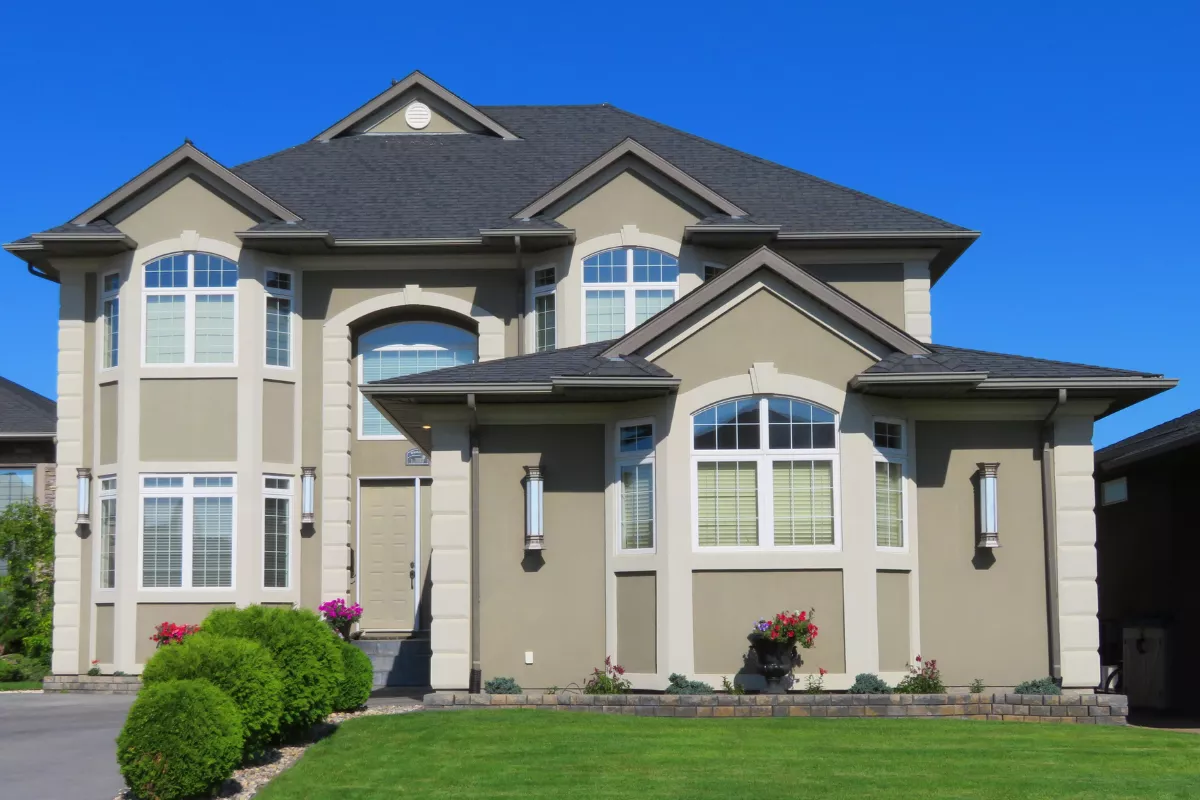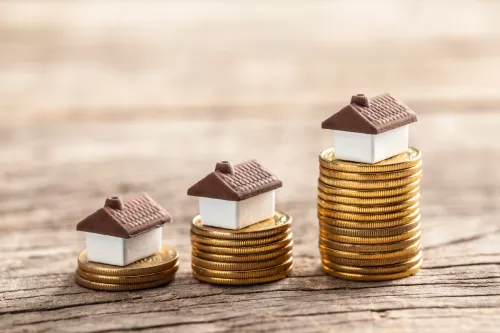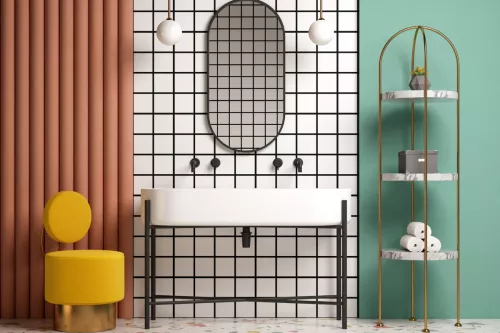Navigating the real estate market can introduce you to various property types, including spec homes. Short for speculative homes, spec homes are properties built by developers with the intention of selling them upon completion.
Read on for an in-depth look at spec homes – we will explain what they are, distinguish them from model homes, and outline the advantages and disadvantages of purchasing a spec home. Additionally, we will cover the steps involved in buying a spec home.
What Is a Spec Home?
A spec home, short for speculative home, is a residential property built by a developer without a specific buyer in mind. These homes are constructed based on market trends and the developer's anticipation of what potential buyers will want. The primary goal is to sell the home quickly once it is completed, providing a move-in-ready option for buyers.
Key Characteristics
Pre-Built:
Spec homes are constructed before being sold, meaning they are fully completed and available for immediate purchase. This pre-built nature allows developers to showcase finished homes to potential buyers, offering a tangible product rather than just blueprints or models.
Market-Driven:
The designs and features of spec homes are chosen based on current market demand. Developers study the preferences of buyers in the target area, incorporating popular design elements, modern amenities, and trendy finishes to make the homes more appealing.
Quick Move-In:
One of the major advantages of spec homes is that they are typically ready for immediate occupancy. Buyers do not have to wait for construction to be completed, which can be a significant time-saver, especially for those needing to relocate quickly.
Spec homes often feature upgrades and premium finishes to appeal to a broad audience. Developers may include granite countertops, stainless steel appliances, hardwood floors, and high-quality fixtures to attract buyers who want a stylish, turn-key home without going through the customization process.
Furthermore, spec homes can be found in various settings, from suburban neighborhoods and urban infill lots to planned communities and high-end developments. The versatility of spec homes allows developers to meet diverse market demands and offer a range of price points to potential buyers.
Examples of Spec Homes
Example 1: A developer in a growing suburban area notices a high demand for family-friendly homes. They build a series of three-bedroom, two-bathroom houses with open floor plans, modern kitchens, and energy-efficient appliances. These homes are listed as soon as construction is complete, attracting families looking for move-in-ready options without the wait.
Example 2: In an urban setting, a developer builds a series of spec homes with contemporary designs, including rooftop terraces, smart home technology, and minimalist interiors. These homes cater to young professionals seeking modern living spaces close to downtown amenities. The developer markets these homes as luxurious yet affordable alternatives to custom-built properties.
What is the Difference Between a Spec Home and a Model Home?
Prospective buyers often confuse spec homes and model homes because both are built by developers and showcase the builder's work. However, understanding their distinctions is crucial.
While both types of homes are designed to attract buyers, the main difference lies in their purpose and availability. Spec homes are practical solutions for those looking for a ready-to-move-in option, reflecting current market demands, whereas model homes are designed to impress and inspire potential buyers with top-of-the-line features and finishes.
What Are the Advantages and Disadvantages of Buying a Spec Home?
When considering the purchase of a spec home, it’s important to weigh the pros and cons. Here’s a detailed look at both:
Advantages:
Move-In Ready: One of the main benefits of spec homes is that they are move-in ready. Buyers don’t have to wait for the construction process to be completed.
Reduced Stress: Since the home is already built, buyers avoid the stress and unpredictability associated with building a custom home, such as delays and unexpected costs.
Potential Cost Savings: Spec homes can sometimes be cheaper than custom homes because developers may offer discounts to sell the property quickly.
Modern Features: Developers build spec homes with modern features and finishes that are attractive to current buyers, ensuring a contemporary living space.
Disadvantages:
Limited Customization: Buyers have little to no input on the design and finishes of the home, which may not fully meet their preferences.
Market Uncertainty: Developers build spec homes based on market trends, which might not always align with what individual buyers want.
Potential for Higher Prices: If the home is in a high-demand area, the price might be higher compared to other new constructions.
How to Buy a Spec Home
Buying a spec home is similar to purchasing any other home, but it involves some specific steps to ensure you find the right property.
Start by researching reputable developers in your desired area, focusing on those with a track record of building quality spec homes. Touring available spec homes is essential to get a feel for the designs and finishes offered, helping you determine if a spec home meets your needs and preferences.
Securing financing is the next crucial step. Get pre-approved for a mortgage to understand your budget and improve your bargaining position. Financing a spec home is similar to financing any other type of home, so standard mortgage processes apply.
Once you have your finances in order, work with a real estate agent to make an offer on the spec home. Be prepared to negotiate the price and any included features. Even though the home is new, it’s vital to conduct a thorough inspection to ensure everything is in working order and up to code.
If your offer is accepted and the inspections are satisfactory, proceed with the closing process. This involves signing the necessary paperwork and transferring the funds, officially making the spec home yours.
The Bottom Line
Spec homes offer a convenient and often cost-effective way to purchase a new home without the wait and unpredictability of building from scratch. While they provide modern features and move-in readiness, the lack of customization and potential market-driven price increases are important considerations.
By understanding what spec homes entail and following the steps to purchase, you can make an informed decision that aligns with your housing needs and financial goals.For more insights and assistance in buying a spec home, visit Home Shift Team. Our experts are here to guide you through every step of the home-buying process.

 Marcio Vasconcelos
Marcio Vasconcelos





